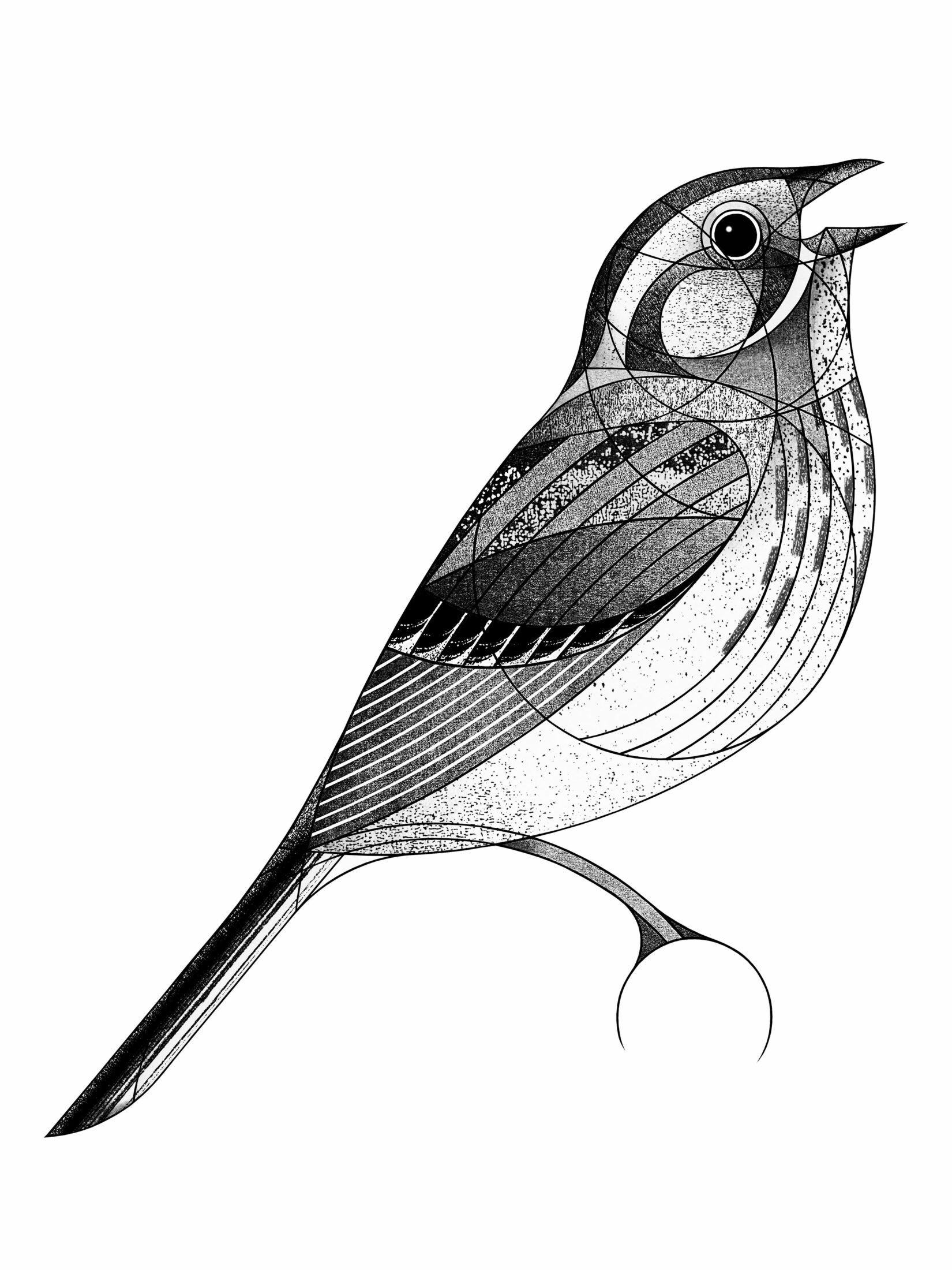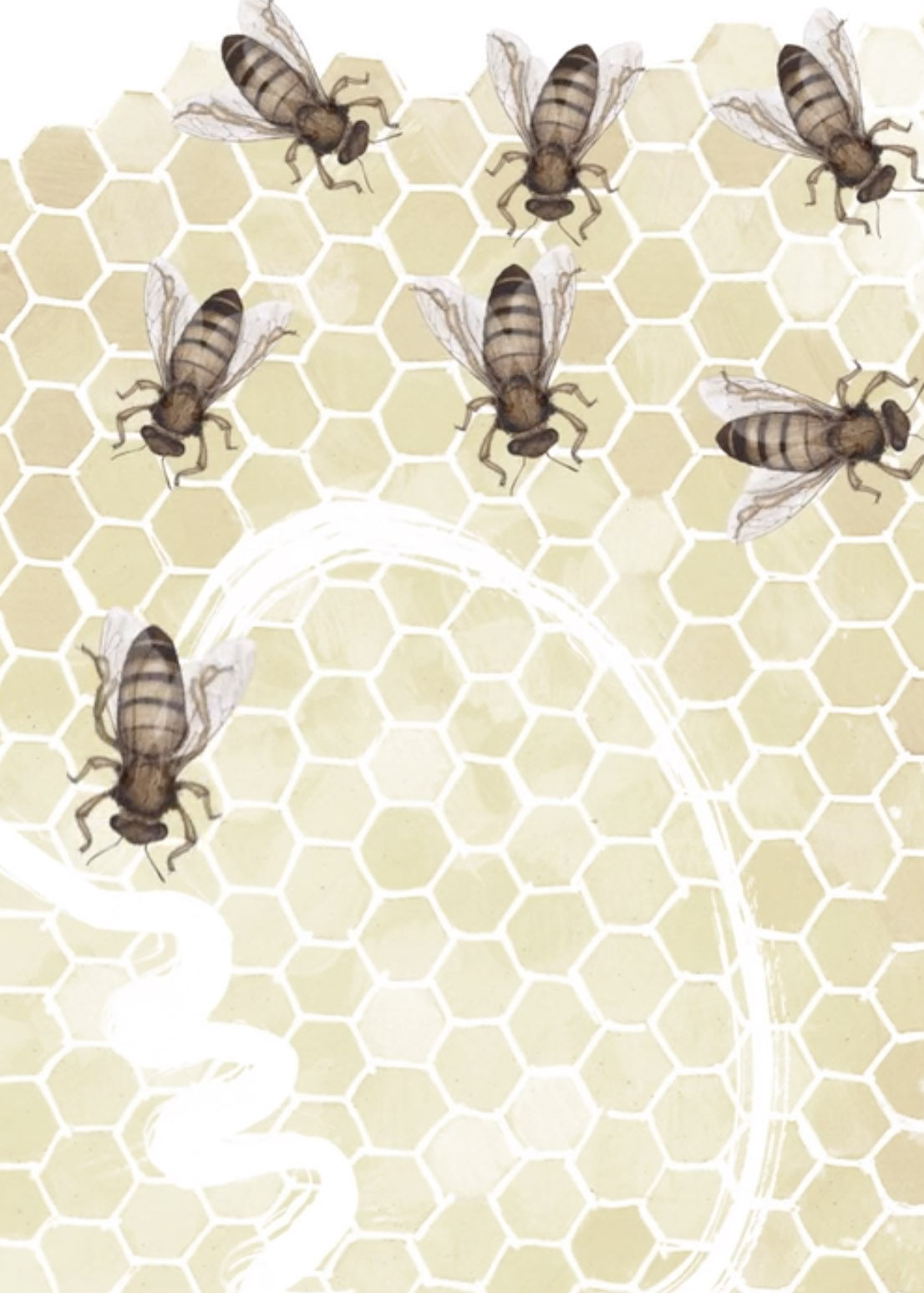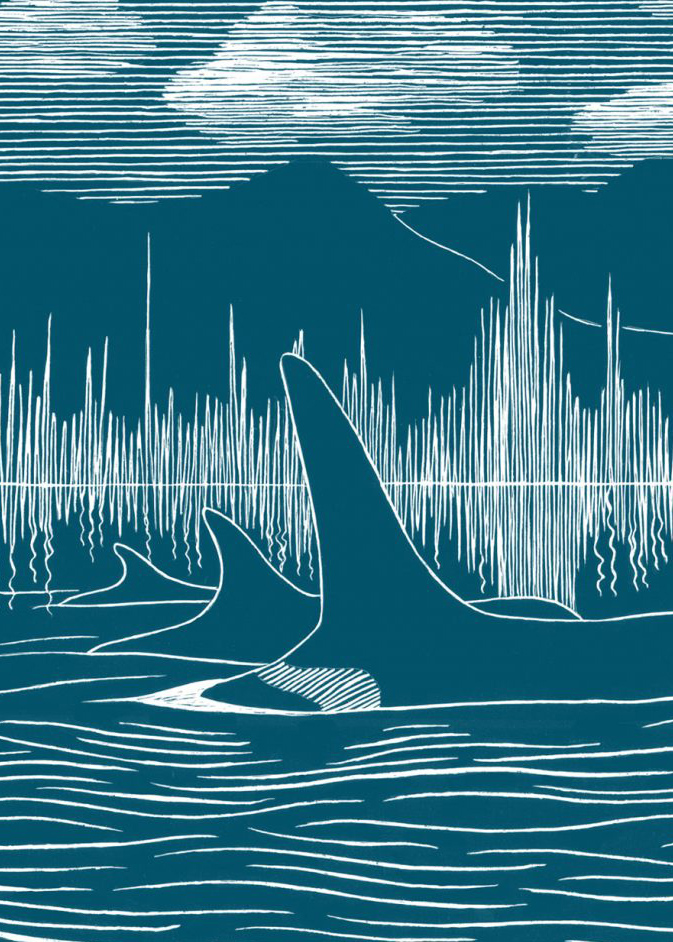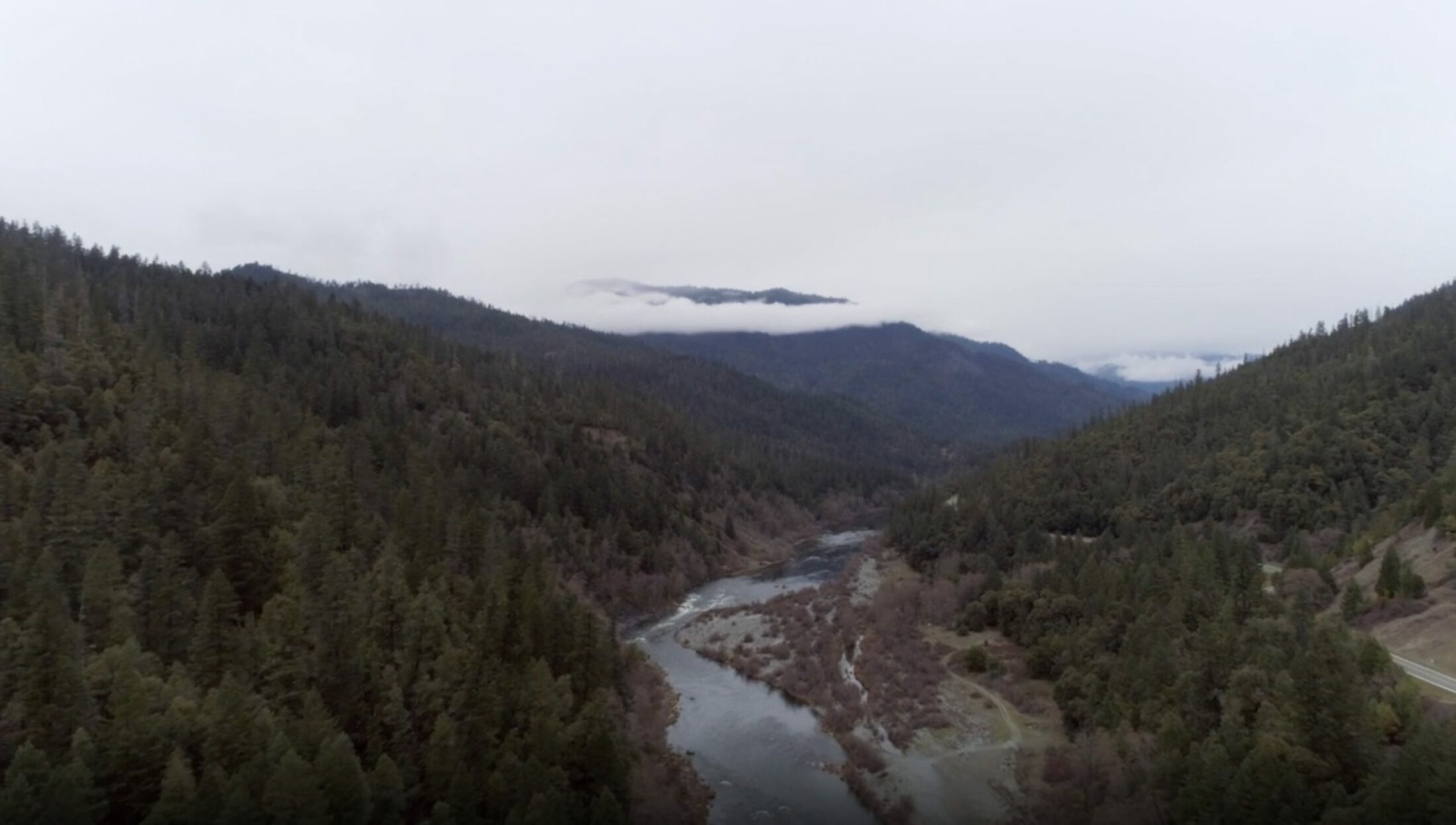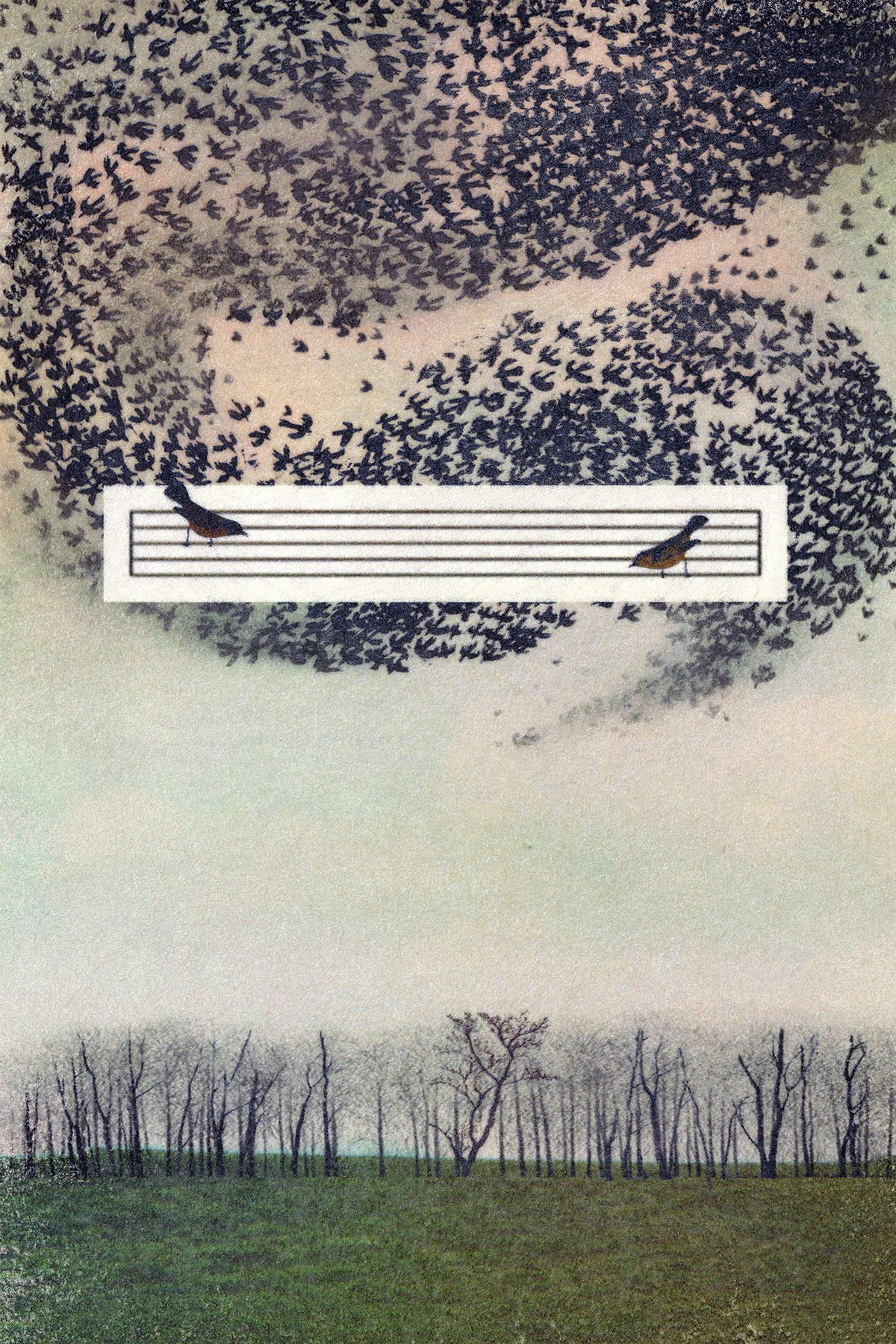
David George Haskell is a biologist and professor of biology and environmental studies at the University of the South in Sewanee, Tennessee. His books include The Songs of Trees: Stories from Nature’s Great Connectors, winner of the 2020 Iris Book Award and the 2018 John Burroughs Medal; The Forest Unseen: A Year’s Watch in Nature, winner of the National Academies’ Best Book Award for 2013, finalist for the 2013 Pulitzer Prize in nonfiction, winner of the 2013 Reed Environmental Writing Award, and winner of the 2012 National Outdoor Book Award for Natural History Literature; Sounds Wild and Broken: Sonic Marvels, Evolution’s Creativity, and the Crisis of Sensory Extinction, a finalist for the Pulitzer Prize; and the forthcoming book How Flowers Made Our World.
Alice Lee is an illustrator who works under the name Parallel Point. Her illustrations have appeared in the poetry anthologies Stop Sharpening Your Knives and Bird Book II, III & IV. She is a lecturer at Norwich University of the Arts in the UK.
David G. Haskell enters the intricate and generative soundscape of the world of birds, inviting us to join in a practice of cross-species listening as a bridge to kinship.
For millennia, the language of birds has called us to cross divides. In the Qur’an, Solomon received a bounty and blessing when he was given the language of birds. Job exhorts us to hear the wisdom of the fowls of the air. News of the human world was carried into the divine ear by the speech of Norse Odin’s ravens and the bluebirds of the Taoist Queen of the West. In the voices of birds, we hear augury, portent, prophesy. We are drawn across boundaries into other places, other times.
Listen: an invitation. But it is hard to discern what is meant in this speech of our winged cousins. Birds inhabit flesh profoundly different from our own. Our inattention further muffles their language. We wall them out with bricks that keep us indoors, inside self-made worlds, and with presuppositions, closely guarded vaults of the mind. We’ve made ourselves a lonely place, so quiet.
Let in the sound.
Song spills from open beaks, flowing from the birds’ chests. There, at the confluence of windpipes, sitting directly over the heart, sits a sound-making organ of unique and marvelous design. This syrinx is only the size of a lentil or bean. Into this tiny space are interwoven a dozen rings of bone and two dozen muscles, all connected to membranes and lips of soft flesh. The muscles are among the fastest known, capable of contracting up to 200 times per second. As the exhale flows through, the syrinx’s lips squeeze and membranes tremble, imparting song to air. This sound is sculpted by precise tugs and tweaks from muscle and bone, on a timescale of milliseconds. Birds are quick-fingered jewelers of air, crafting dozens of ornamented gems every second. In their modulations of pitch, amplitude, and timbre we hear the vitality of their blood, muscle, and nerve.
But we do not hear as they do. For at least 300 million years, mammals and birds have been on separate evolutionary paths. Our common ancestors, amphibian-like creatures of swampy Paleozoic forests, had ears adapted to water. Their descendants, birds and mammals, each independently evolved ears adapted to air. Bird and mammal hearing, then, is grounded in two different architectures, more linear and direct in birds, segmented and coiled in mammals.
Bird and mammal brains also took divergent evolutionary tracks. Neurons are crammed into bird crania, giving their small brains as many nerve cells as much larger primates. The folds and layers of the forebrain have different geometries, hierarchically layered in mammals and clustered into nodes in birds. Avian brains and bodies also run several degrees warmer than mammals, stoking chemical reactions and thus speeding nerves.
All this manifests in different perceptions of sound. Birds are sensitive to rapid sonic changes and are tightly focused on the mid-registers. They attend not so much to relative pitches, but to the overall shape of the sound, the nuances among layers of sound frequencies. Or so it seems from the small number of studies that have sought to understand hearing from the birds’ perspective.
Here are parallel worlds of experience. The same sound vibration is received and understood in profoundly different ways by birds and mammals.
As we listen and seek to connect, we should remember and honor this difference. At the same time, let us not allow otherness to bar the door to kinship, curiosity, and imagination. There is a bridge. That bridge is made from the gift of our attention. Sometimes attention is focused into science, but mostly it is an opening to the languages of birds in the everyday.
What do we hear in the bird voices of our homes? Every species has a sonic signature, and individuals within species have their own unique voices. In this diversity of acoustic expression are embedded many meanings.
First, the particularities of species, each with its own cadence and tempo. House wren. Bald eagle. Song sparrow. Raven. By noticing and naming, we take the first step into friendship and understanding, crossing the gulf between species. Sound is a particularly powerful connector because it travels through and around barriers, finding us and calling us out of inattention. We walk across town and notice our avian cousins. Kinship and community are no longer just ideas, but are lived, sensual relationships.
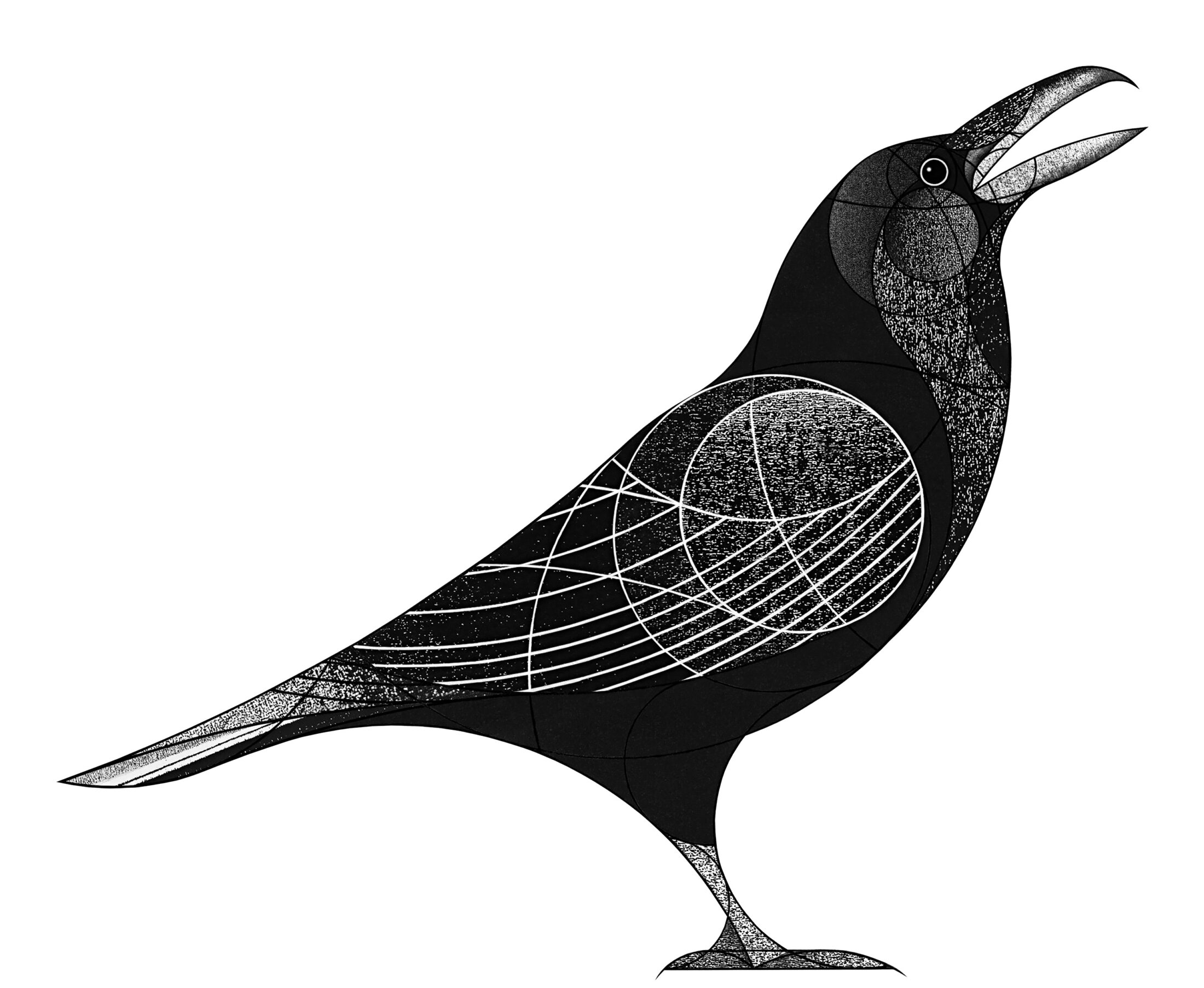
Bird sounds reveal the polyrhythms of a living Earth.
Part of the language of birds, then, are the many meanings and messages that we hear in the community of avian voices. The rhythms of the year are scribed in air by ever-changing sounds. Arrivals and departures during migration: songbirds from the tropics, snow geese from the tundra, cranes from inland wetlands. In early summer, nestlings clamor at their parents. Chittering swallows signal their discovery of a hatch of river mayflies. From the winter underbrush, sparrows give quiet calls. Every species has its own tempo of sound-making through the year, tuned to the particularities of food plants and insects, refined by local weather. In these sounds we learn that there are not just four seasons, but dozens or hundreds. Bird sounds reveal the polyrhythms of a living Earth.
This language of bird species also discloses the physical diversity of the world. A gull’s call slices through the turbulent winds of the ocean shore. In a mossy forest, the ruffed grouse looses deep territorial calls that flow unimpeded by the dense vegetation. High in the mountains, bushtits call to one another with notes that cut through the whoosh of wind in spruce trees. On the open prairies, meadowlarks throw their lance-like song over the thick grasses. Every sound has its home.
Into these homes comes the fossiliferous racket of industrialized humanity. We spread low-frequency rumbles and throbs over the world. Birds closest to the engine-borne mire must sing louder, higher, or they are driven out. A few, European starlings and house sparrows especially, exult in this new world, finding opportunities for sonic and ecological exploration and improvisation.
In attending to the sounds of bird species, our senses learn the language of belonging. Over time, this embodied knowledge of place tells us what is changing, what is gained, and what is lost.
In coming years, our children, students, and friends will need our stories. In our listening to birds, we might gain something worth telling the future, tales whose meanings are now unforeseen: That ravens fell silent in the late summer heat, sandhill cranes passed in March but did not linger, orioles and flycatchers wove their summer songs into the tops of cottonwood trees, and warblers departed suburban fir boughs in December. These will be stories of continuity, of extinction, of blossoming, of changed tempo and texture. Coming generations depend on us to convey these living memories. We start in the present, by listening.
Within the stories told by the sounds of bird species are further riches. Every individual bird has its own acoustic signature. Listen and meet your locals. Some species reward our attention by quickly revealing sonic individuality. Over much of North America, the song sparrow is one such teacher. Every singing male has his own repertoire and style. Listen for a few minutes and the distinctiveness of their voices leaps into our consciousness.
The individuality of the voices of other species are harder for us to discern. Every flycatcher’s sneezy song seems the same to our untrained ears, but the birds know one another’s voices. Ravens, on the other hand, express themselves with such complexity that we’re overwhelmed. We’re tuned to the melodies of human music, and struggle with the multifarious shapes of raven croak and click and whistle. Unlike the song sparrow that sings in our human neighborhood day after day, schooling us with their whistled melodies, ravens range over huge territories, giving us only fleeting access to the internal dynamics of their speech.
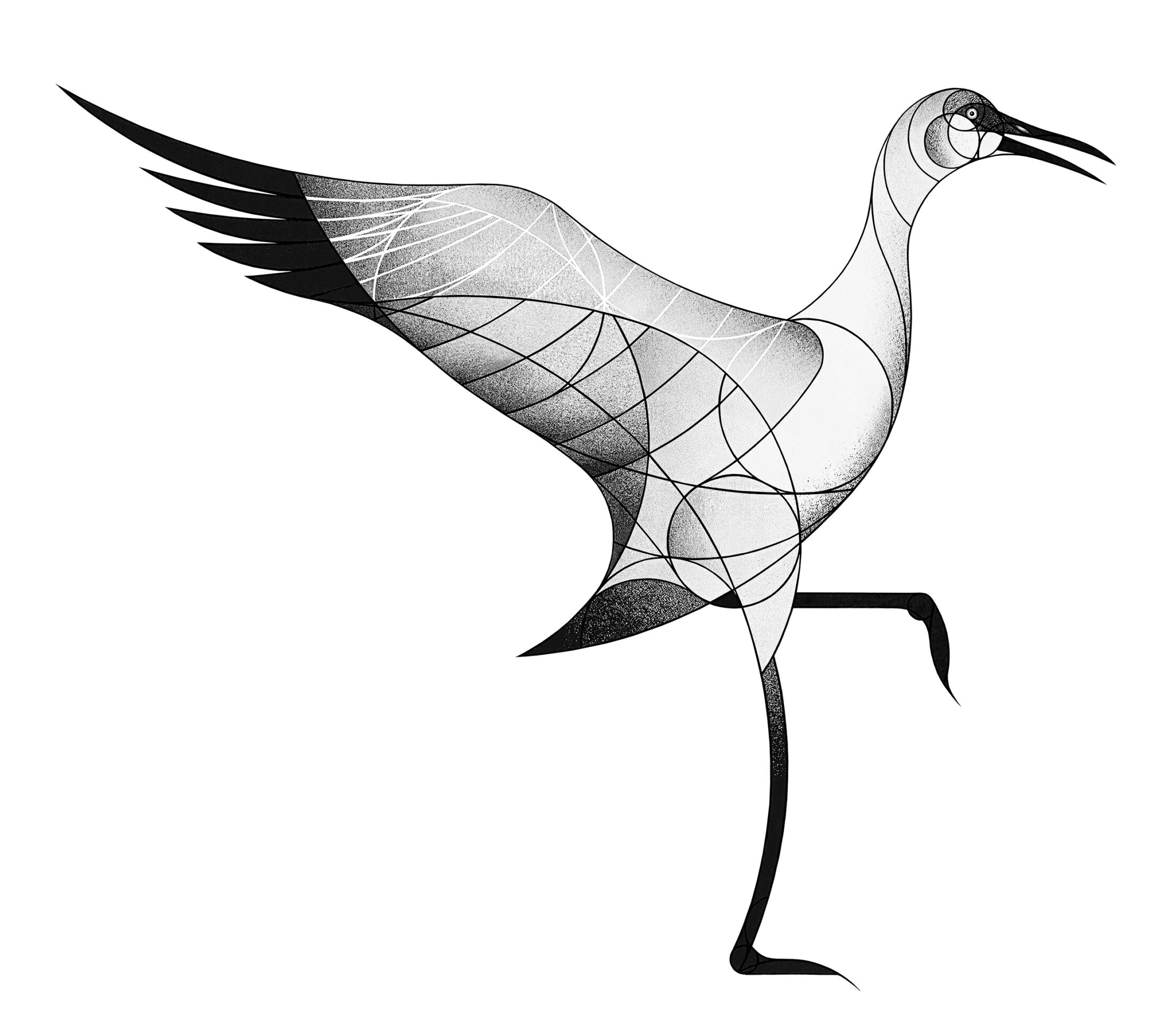
Birds are quick-fingered jewelers of air, crafting dozens of ornamented gems every second.
With some attention and perhaps the help of a recording device, we can hear the individuality of birds around our homes. But understanding the meanings embedded in these sounds is harder. In the human realm, I can learn the singular voices of people speaking in a foreign tongue, but I’ll completely fail to understand what they say and mean. How much more difficult is the task with creatures separated from us by hundreds of millions of years of evolution.
Yet, attentive bird-listeners hear the edges of meaning. Individuality in bird sounds is not random or accidental; it reveals the personality of each bird. In the society of chickadees, some birds have open and exploratory personalities, others are more careful and precise. The rattle of kingfishers and the wood thrushes’ evening song take on new inflections when birds court and pair. At the nest, we hear information flowing in a stream of sound between mated birds. No two phoebe nestlings beg for food in the same way. When sparrow youngsters babble and practice their songs, they explore acoustic spaces in ways that parallel human speech: improvisational, repetitive, refined by listening to elders. In the trees at dusk, crows warble softly to themselves as they preen. A raven’s call is filled with mocking irony as the bird mimics for its companions the call of a sandhill crane. Parrots laugh, causing those around them to frolic and play. As robins gather on a lawn, a blue jay screams a red-shouldered hawk call, a deception that the bird repeats with great gusto when humans walk under its tree. These are not the dead clankings of machines, nor are they the mere utilitarian grunts of feeding or social tokens of sexual union. These sounds are intricate, layered, responsive, generative, and humorous.
Laboratory studies reveal that bird utterances are imbued with understanding, full of representation, organized by rules, powered by creativity, and shaped by culture and context. Bird sound-making has internal grammatical rules. Their brains learn and innovate. Birds hear and remember nuances of sound, connecting abstract acoustic patterns to the physicality of their ecological and social worlds. They listen to the voices of other species and understand what is meant. Social interaction with kin and neighbors molds the shape of individual sounds and the organization of these parts into a whole.
These scientific studies, valuable as they are in expanding our understanding, have queried bird language in only a handful of species, often with the goal of testing whether specific rules of human grammar also manifest in birds. Thus far, science alone is insufficient to the task of hearing birds. A few dozen experiments conducted by a handful of researchers will not open the ears of the human species to the voices of our cousins. Language-learning is for everyone.
When we understand the meanings of a sound made by a bird, nerves in two different brains touch and signal. The link between nerve cells is made from vibrating air, a connection as strong and real as the chemical links among nerves in a single brain. Bird sounds, then, are sonic neurotransmitters that leap across species boundaries.
This leap is creative. When bird and human minds connect, a new language is born. This expansive language weaves many species into a communicative whole, a web of listening and speech. Language-learning is indeed for everyone. It unites us. And so we return to the invitation offered to us by the birds around our homes. In their voices we hear the many rhythms of the seasons and the varied physicality of habitats. We learn the individual stories of each bird. We understand how our community is changing and what we should remember from this present moment. We hear and create Earth’s universal grammar.
Let’s answer the birds’ invitation, stepping outside to give them the simple gift of our attention. Listen. Wonder. Belong.
This recording includes a selection of sounds recorded by Gordon Hempton. For more information about Gordon Hempton and his library of sound recordings please visit www.soundtracker.com.
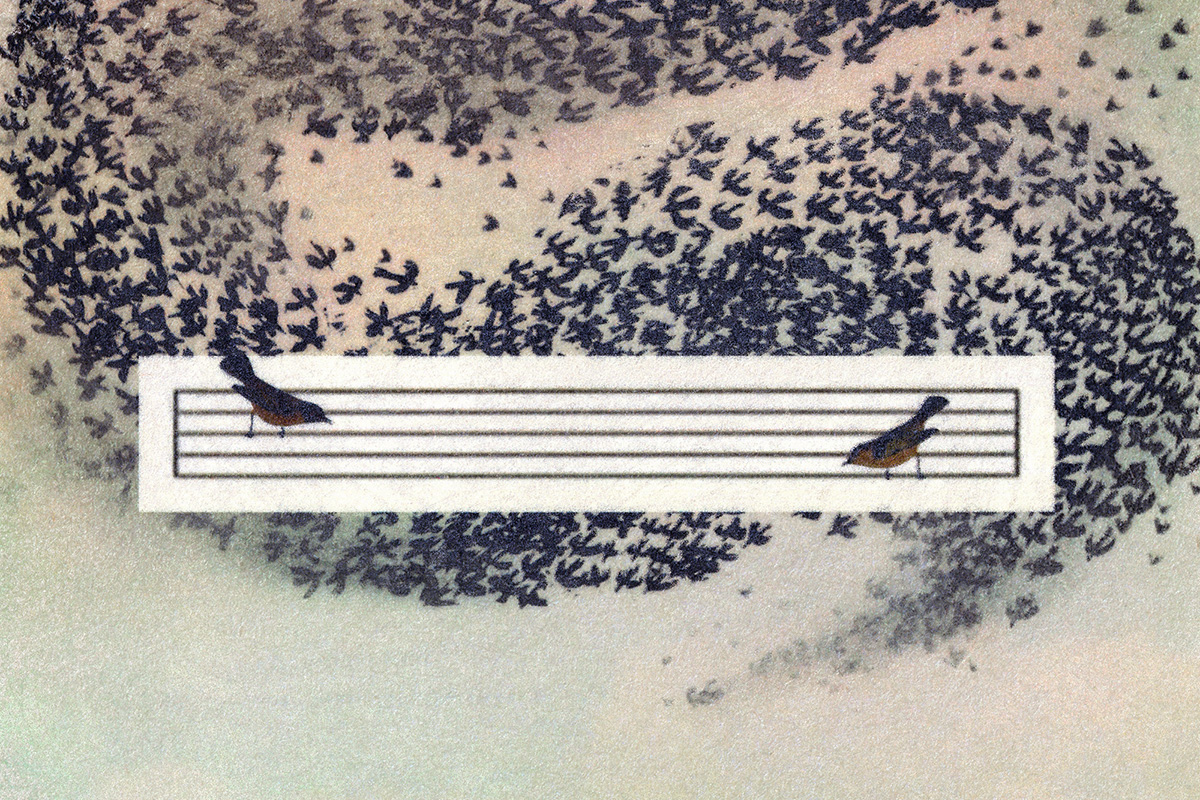
Listening to the Language of Birds
Inspired by the essay “The Voices of Birds and the Language of Belonging,” this practice invites you to step into an attentive relationship with the voices of birds.
